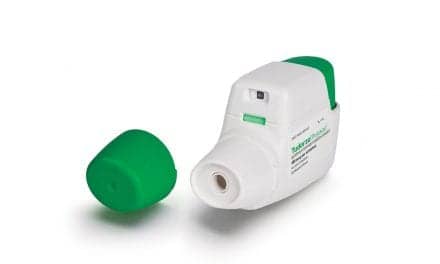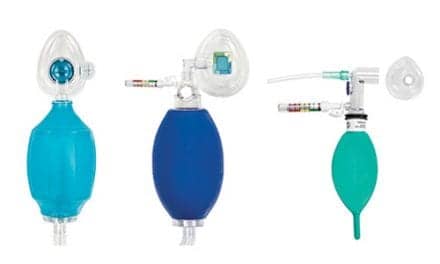Researchers publishing in The New England Journal of Medicine [1] sought to assess whether the use of assisted ventilation and oxygen therapy in neonates and extremely premature infants had changed since the 1970s.
“Assisted ventilation for extremely preterm infants (<28 weeks of gestation) has become less invasive, but it is unclear whether such developments in care are associated with improvements in short-term or long-term lung function,” researchers wrote. “We compared changes over time in the use of assisted ventilation and oxygen therapy during the newborn period and in lung function at eight years of age in children whose birth was extremely premature.”
Researchers conducted a longitudinal follow-up study of those born at gestational age of 36 weeks or less in Victoria, Australia in three periods: in 1991-92 (n = 225), 1997 (n = 151) or 2005 (n = 170). [1] Perinatal data were collected prospectively, including data on the duration and type of assisted ventilation provided, the duration of oxygen therapy, and oxygen requirements at 36 weeks of age. Expiratory airflow was measured at 8 years of age, and values were converted to z scores for age, height, ethnic group, and sex. [1] At eight years, the children’s expiratory airflow was measured, and age, height, ethnic group and sex were examined for z scores.
According to results, duration of assisted ventilation rose substantially over time, with a large increase in the duration of nasal continuous positive airway pressure. [1] The use of less invasive ventilation grew over time, but researchers found that practice did not reduce the use of oxygen therapy. In fact, O2 duration and the rate of O2 dependence at 36 weeks rose. What’s more, researchers reported worse airflow scores at eight-years-old in 2005 compared to earlier cohorts. [1]
“For instance, for 2005 versus 1991-1992, the mean difference in the z scores for the ratio of forced expiratory volume in 1 second to forced vital capacity was -0.75, and for 2005 versus 1997 the mean difference was -0.53,” the researchers explained. [1]
“We speculate that prolonged periods of oximetry may be partly responsible for the increasing rate of oxygen dependence observed in 2005 and that this trend may translate into worse lung function when children reach the age at which they will attend school,” wrote Lex W. Doyle, MD, from the department of neonatal services at the Royal Women’s Hospital, according to an article by Healio.com. [2]
Although the use of less invasive ventilation strategies after birth have increased substantially, oxygen dependence at 36 weeks has not significantly declined, with no improvement in lung function in later childhood, researchers concluded. [1] RT










